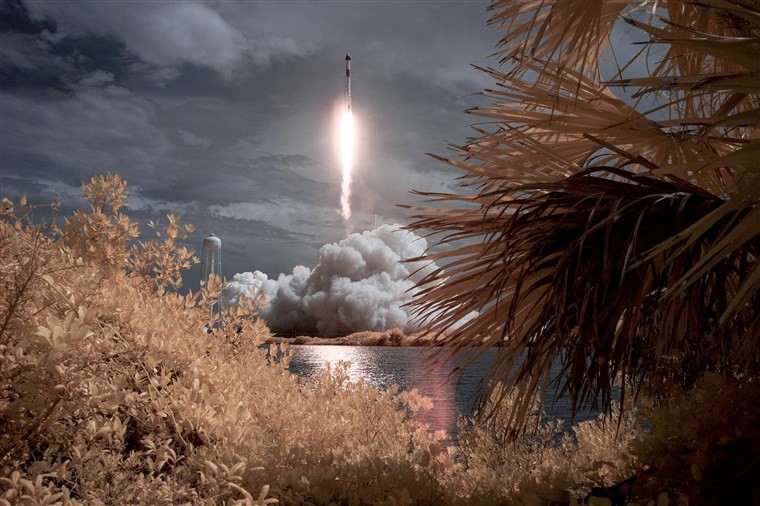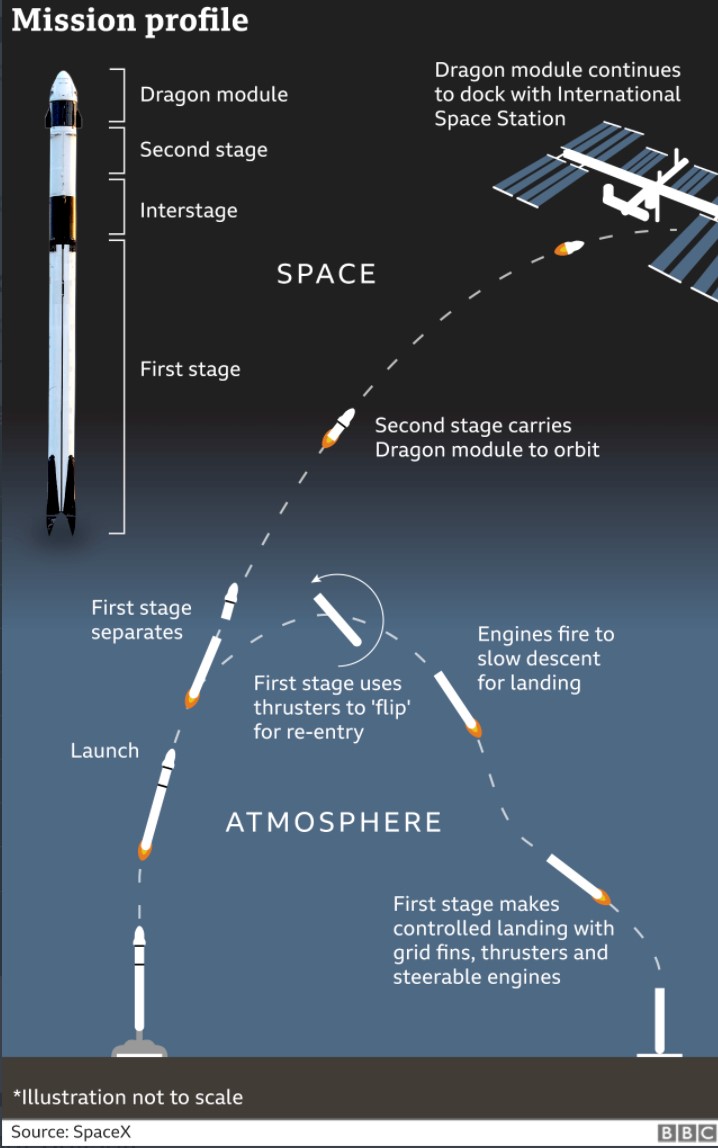Space Exploration Will Be Rocket Fuel for Investors
Something big is taking shape that has nothing to do with police, race relations or a global pandemic. It is literally out of this world.
SpaceX made history this Saturday when it became the first private company to launch Americans into orbit aboard its Crew Dragon. Elon Musk, its founder, even took a subtle jab at the Russians.
The space race is back. It’s a fresh, investable trend.

It’s been nine long years since a rocket made in the United States carried Americans into space. Our astronauts have been hitching rides to the International Space Station aboard Russian Soyuz spacecrafts since the National Aeronautics and Space Administration (NASA) shelved the space shuttle, a program that was supposed to be the future of low-cost space exploration.
Unfortunately, space shuttles proved neither safe, nor cost effective. In 1986, a glitch with the right solid rocket booster of the Challenger killed all seven astronauts just 73 seconds after launch.
Another shuttle, Columbia, disintegrated in 2003 upon re-entering the earth’s atmosphere after a piece of foam damaged the body during launch. Again, all crew members perished. Rejiggering the engineering in the aftermath of both events led to huge cost overruns.
When the dust settled, the cost of 135 launches reached $115 billion, according to a Wall Street Journal report.
The problem with the space shuttle, in hindsight, was it got reusable wrong. Engineers at Rockwell International, the primary contractor, imagined a spacecraft that could land like a standard airplane. In theory, the same vessel could be deployed repeatedly at very low cost.
However, getting such a large bulky object into orbit required much more energy than an aerodynamic rocket. As such, rocket boosters were used to gain enough force to push the shuttle through Earth’s atmosphere. Then, they were cast off in space, never to be used again.
SpaceX turned the space shuttle concept on its head.

The genius idea by SpaceX was figuring out a way to reuse the rocket boosters, the most expensive part of the launch process.
SpaceX boosters lift the spacecraft to edge of the earth’s orbit before detaching. Then they use a combination of re-ignitable engines with thrust vector control to regulate velocity and stability, cold gas thrusters and grid fins to control orientation, electronic navigation systems and 18-meter deployable legs to land vertically.
A CNN video in 2019 captured the successful landing of all three SpaceX Falcon Heavy boosters. It’s like something out of a science fiction novel. It’s also a revolution in terms of financial savings.
The Conversation noted that the cost to deliver a kilogram to space under the space shuttle program was an eye watering $54,500. SpaceX’s reusable rocketry has reduced that cost to only $2,720.
That rocketry delivered NASA veterans Doug Hurley and Bob Behnken to the ISS last Sunday morning aboard Crew Dragon. It was a major accomplishment for American entrepreneurship. It also speaks to the dynamism that is coming to the new space race.
From its 3D printed Super Draco engines, to the Pica-x heat shield, Crew Dragon is pushing the engineering envelope. The craft uses Phenolic Impregnated Carbon Ablator to withstand the extreme heat found when reentering the Earth’s atmosphere.
These advances and others are reducing barriers to space exploration. Big ideas that seemed implausible and too expensive a decade ago are now back on the drawing board. This is the opportunity for investors.
The United States government is now pushing full speed ahead with Artemis I and II, missions that will eventually take astronauts back to the moon sometime in 2023. And Musk is focused on Starship, an ambitious project that will deliver cargo and later humans to the moon, Mars and potentially elsewhere.
The Boeing Company (NYSE: BA, Rated “D”), Lockheed Martin Corp. (NYSE: LMT, Rated “B-”), Northrup Grumman Corp. (NYSE: NOC, Rated “C”), Honeywell International Inc. (NYSE: HON, Rated “C”) and other large manufacturers will benefit from the renewed focus on space.
However, there are other smaller firms innovating with materials science, next generation sensors and software. The time for investors to begin focusing on these businesses is now.
I plan to highlight some of these companies in a future report, but investors should certainly be paying attention to these developments.
Best wishes,
Jon D. Markman



